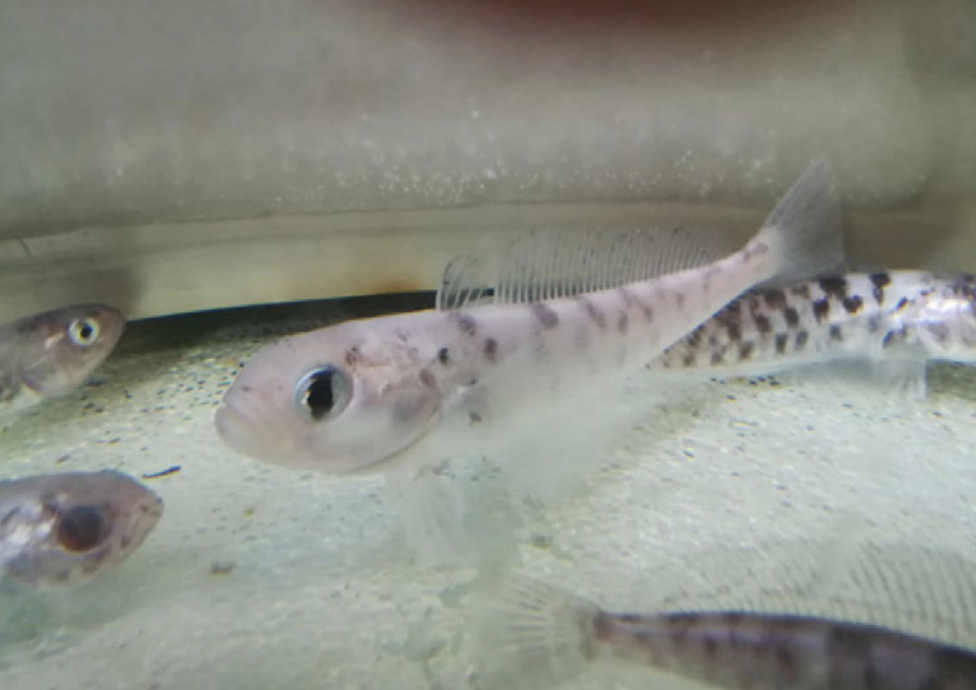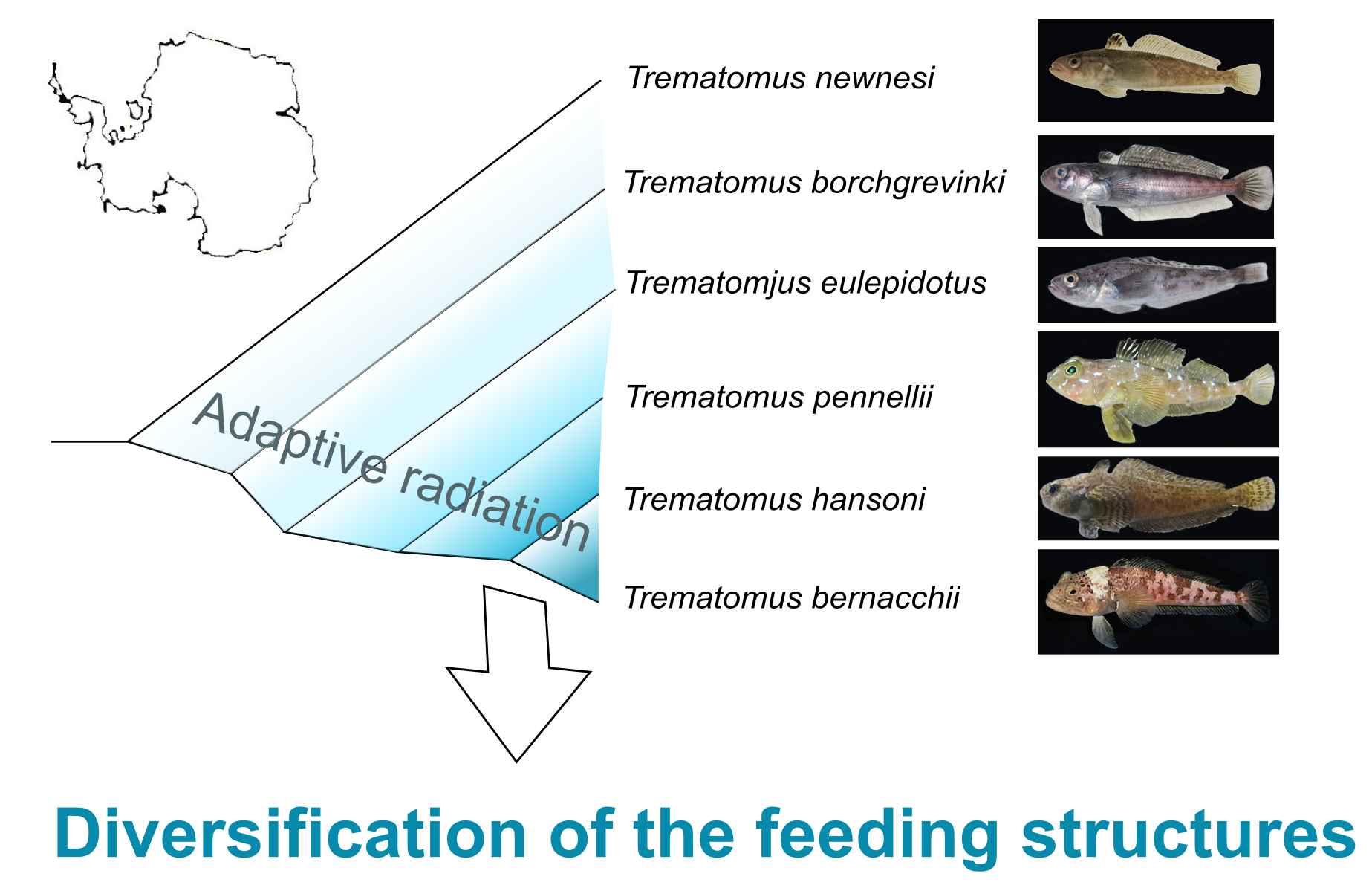asNeeded
Type of resources
Available actions
Topics
INSPIRE themes
Keywords
Contact for the resource
Provided by
Years
Formats
Representation types
Update frequencies
status
Scale
-

Trophic interactions underlie coexistence mechanisms between species, define the functional role of specie within communities, affect biodiversity and bioaccumulation processes of heavy metal. Sea-ice dynamics, which at Terra Nova Bay is characterized by an extraordinary seasonality, drives interspecific interactions and the exchange of materials between ecosystem compartments. Indeed, the activation of the primary production after sea-ice break up opens alternative trophic pathways for consumers. The “next generation SRPs” represent a highly appropriate framework for the present project which follows the results obtained with the previous project ISOBIOTOX (PNRA 2013) and aims at (i) determine topological and functional metrics of sympagic and pelagic food webs at Terra Nova Bay under different conditions of sea-ice coverage along a distance gradient from the nearest open water polynya to areas were the seasonal sea-ice coverage persists longer; (ii) evaluate bioaccumulation and biomagnification of heavy metals in trophic sources at the base of the food web and in target species along food chains, including fishes of commercial interests and top predators, both in the presence and absence of sympagic and pelagic primary producers. High resolution food webs will be reconstructed by means of the simultaneous elemental and isotopic analysis of different elements (C and N) and the bioaccumulation of pollutants. The research program integrates complementary research approaches: (a) Elemental analysis coupled with mass spectrometry for stable isotope analysis (δ13C, δ15N) in animal and vegetal tissues and dead organic matter, (b)analyses of heavy metals accumulation (Chromatography) in the constituent species of the Antarctic food web.
-
The data are related to the ionic composition of atmospheric aerosol continuously collected at Dome C. They refer to PM10 and size-segregated aerosol collected at 2-day and 4-day resolution, respectively. The measured chemical parameters include main and trace inorganic anions and cations and selected organic anions (methanesulphonic acid - MSA).
-
Antarctic ecosystems have a high number of species, that are closely linked to the presence of sea ice and seasonal cycles. This biodiversity is subject to anthropogenic and natural influences. Zooplankton communities can provide a static snapshot of the health of the ecosystem. Zooplankton samples were collected with a 200 μm mesh net at 3 different sampling points at 80 m depth.
-
Here we present the firn cores collected along the international EAIIST project traverse, which took place in 2019-2020 Antarctic Campaign. We report the number of firn cores collected, the depth of the samplings and their geographic information.
-
Calibrated (in unit of solar disk brightness) measurements of the sky brightness at DOME C as obtained by the ESCAPE experiment during the campaign 2019-2020
-
We will collect oral samples from the volunteers at the Mario Zucchelli Station at different time points, using safe and not harmfull kits. Samples will be analysed by shotgun metagenomic sequencing, considering only the microbial component.
-
.jpg)
Commandant Charcot. Italian National Research Council - Institute of Polar Sciences data from a local source.
-
Calibrated (in unit of solar disk brightness) measurements of the sky brightness at DOME C as obtained by the ESCAPE experiment during the campaign 2022-2023
-

The EMPHASIS project focuses on the ecomorphology of the feeding apparatus of Notothenioidea, a suborder of teleost fishes endemic to the Southern Ocean that have colonized available ecological niches and habitats during their adaptive radiation. Ecomorphology is the science that investigates the reciprocal relationship between the environment and the forms of organisms, allowing insights into their evolutionary history, biodiversity, and relationships between form and function. The research activity involves a comparative analysis of the feeding apparatus in species representative of various phyletic lineages, and the study of the relationships between morphology, function and specific performance during feeding. Based on the results of the analysis, three-dimensional digitally supported models of the structures involved in feeding activity was developed.
-
This dataset reports the water stable isotope composition (d18O, dD, D-excess) of precipitation at the Concordia Station, Antarctica. Daily precipitations are collected on benches (height: 1 m) in the clean area 800 m from the Station by the Concordia winter-over personnel. All samples are analyzed with laser spectroscopy (CRDS) or mass spectrometry (IRMS). 2008-2017 data are available here: https://doi.org/10.5281/zenodo.10197160; 2017-2021 data are available here: https://doi.org/10.1594/PANGAEA.971486